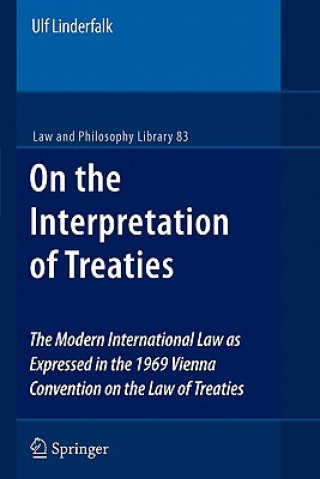
Kód: 01975757
On the Interpretation of Treaties
Autor Ulf Linderfalk
§In the practice of modern international law, disputes as to the meaning of specific treaty provisions are a frequent occurrence. It is the assumption underlying any such dispute that in a process of interpretation a distinction h ... celý popis
- Jazyk:
 Angličtina
Angličtina - Väzba: Brožovaná
- Počet strán: 414
Nakladateľ: Springer, 2010
- Viac informácií o knihe

214.64 €

Skladom u dodávateľa v malom množstve
Odosielame za 12 - 15 dní
Potrebujete viac kusov?Ak máte záujem o viac kusov, preverte, prosím, najprv dostupnosť titulu na našej zákazníckej podpore.
Pridať medzi želanie
Mohlo by sa vám tiež páčiť
-
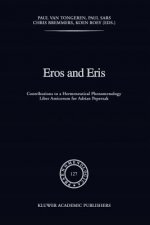
Eros and Eris
214.64 € -

Dear Dolly
9.82 € -24 % -

Duran Duran
45.36 € -2 % -

Open Water
9.92 € -24 % -

Batman: Last Knight On Earth
22.01 € -16 % -

Leaf Supply Guide to Creating Your Indoor Jungle
27.44 € -23 % -

Nautical Quilts
17.71 € -23 % -

Great Musicians
28.66 € -

The Jane Austen Collection
58.57 € -3 % -

The Picture of Dorian Gray
8.39 € -24 % -
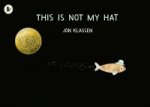
This Is Not My Hat
8.18 € -13 % -

Lunacy of Modern Finance Theory and Regulation
90.72 € -

Mr Mercedes
9.10 € -24 % -
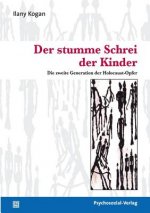
stumme Schrei der Kinder
26.62 € -

Original Album Series
20.98 € -

Harry Potter und der Gefangene von Askaban
12.59 € -

Hayes Street
39.83 € -

Regenwandern
23.24 € -5 % -

Oblicza geografii 1 Podręcznik Zakres rozszerzony
17.50 € -
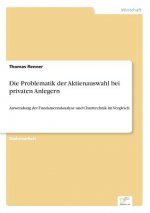
Problematik der Aktienauswahl bei privaten Anlegern
109.16 € -

Autonomie Und Steuerung Verselbstandigter Behoerden
83.35 €
Darujte túto knihu ešte dnes
- Objednajte knihu a vyberte Zaslať ako darček.
- Obratom obdržíte darovací poukaz na knihu, ktorý môžete ihneď odovzdať obdarovanému.
- Knihu zašleme na adresu obdarovaného, o nič sa nestaráte.
Viac informácií o knihe On the Interpretation of Treaties
Nákupom získate 530 bodov
 Anotácia knihy
Anotácia knihy
§In the practice of modern international law, disputes as to the meaning of specific treaty provisions are a frequent occurrence. It is the assumption underlying any such dispute that in a process of interpretation a distinction has to be made between the legally correct and incorrect interpretation result. The legal correctness of an interpretation result is determined by reference to the relevant international law, as reflected in the 1969 Vienna Convention on the Law of Treaties (VCLT), Articles 31-33. The result of an interpretation process is correct when it can be successfully defended as being in accordance with the provisions of VCLT Articles 31-33. The result is incorrect when it cannot be so defended. §Traditionally, the substance of Articles 31-33 has been described by reference to the various means of interpretation enumerated in said provisions, and little more than that. As argued in this book, more detail is required. On closer inspection, not only does the Vienna Convention provide information on the interpretation data (or means of interpretation) to be used by appliers when interpreting a treaty provision. It also instructs the appliers how, by using each datum, they shall argue to arrive at a conclusion about the meaning of the interpreted provision; and, to some extent, it determines the weight that different data of interpretation shall be afforded when appliers discover that, depending on the specific datum they bring to bear on the interpretation process, the conclusion arrived at will be different. Hence, the regime laid down in VCLT Articles 31-33 will have to be described as a system of rules. §This book investigates the contents and structure of this system. By importing knowledge from linguistics, and pragmatics in particular, a model is established giving representation to the concept of a rule of interpretation. Drawing on this model, the book then proceeds to reconstruct the contents of the various rules of interpretation. To facilitate reference, the conclusions suggest a list of 44 rules, all of which can be invoked by appliers citing VCLT Articles 31-33.This is the first comprehensive account of the modern international law of treaty interpretation expressed in 1969 Vienna Convention, Articles 31-33. As stated by the anonymous referee, it is the most theoretically advanced and analytically refined work yet accomplished on this topic. The style of writing is clear and concise, and the organisation of the book meets the demands of scholars and practitioners alike.In the practice of modern international law, disputes as to the meaning of specific treaty provisions are a frequent occurrence. It is the assumption underlying any such dispute that in a process of interpretation a distinction has to be made between the legally correct and incorrect interpretation result. The legal correctness of an interpretation result is determined by reference to the relevant international law, as reflected in the 1969 Vienna Convention on the Law of Treaties (VCLT), Articles 31-33. The result of an interpretation process is correct when it can be successfully defended as being in accordance with the provisions of VCLT Articles 31-33. The result is incorrect when it cannot be so defended.§Traditionally, the substance of Articles 31-33 has been described by reference to the various means of interpretation enumerated in said provisions, and little more than that. As argued in this book, more detail is required. On closer inspection, not only does the Vienna Convention provide information on the interpretation data (or means of interpretation) to be used by appliers when interpreting a treaty provision. It also instructs the appliers how, by using each datum, they shall argue to arrive at a conclusion about the meaning of the interpreted provision; and, to some extent, it determines the weight that different data of interpretation shall be afforded when appliers discover that, depending on the specific datum they bring to bear on the interpretation process, the conclusion arrived at will be different. Hence, the regime laid down in VCLT Articles 31-33 will have to be described as a system of rules.§This book investigates the contents and structure of this system. By importing knowledge from linguistics, and pragmatics in particular, a model is established giving representation to the concept of a rule of interpretation. Drawing on this model, the book then proceeds to reconstruct the contents of the various rules of interpretation. To facilitate reference, the conclusions suggest a list of 44 rules, all of which can be invoked by appliers citing VCLT Articles 31-33.
 Parametre knihy
Parametre knihy
Zaradenie knihy Knihy po anglicky Law Jurisprudence & general issues Jurisprudence & philosophy of law
214.64 €
- Celý názov: On the Interpretation of Treaties
- Podnázov: The Modern International Law as Expressed in the 1969 Vienna Convention on the Law of Treaties
- Autor: Ulf Linderfalk
- Jazyk:
 Angličtina
Angličtina - Väzba: Brožovaná
- Počet strán: 414
- EAN: 9789048176144
- ISBN: 904817614X
- ID: 01975757
- Nakladateľ: Springer
- Hmotnosť: 668 g
- Rozmery: 157 × 233 × 31 mm
- Dátum vydania: 22. November 2010
Obľúbené z iného súdka
-

Juristische Methodenlehre
83.14 € -

The Rule of Law
12.28 € -23 % -
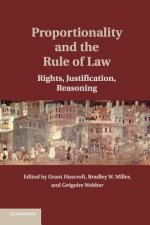
Proportionality and the Rule of Law
59.08 € -
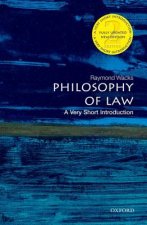
Philosophy of Law: A Very Short Introduction
10.13 € -22 % -

Majesty of the Law
18.32 € -6 % -

Law's Empire
40.54 € -5 % -
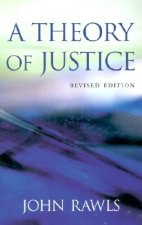
Theory of Justice
46.59 € -

Little Book of Restorative Justice
7.57 € -19 % -
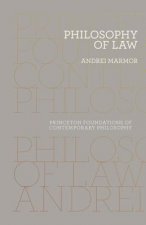
Philosophy of Law
30.92 € -
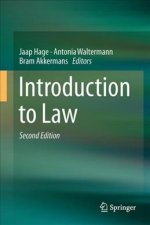
Introduction to Law
71.88 € -9 % -
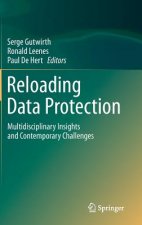
Reloading Data Protection
214.64 € -

On Law and Justice
87.75 € -
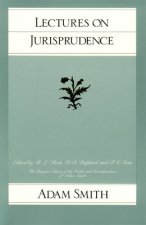
Lectures on Judisprudence
16.58 € -
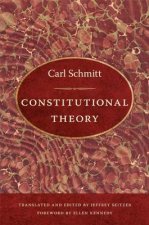
Constitutional Theory
35.63 € -12 % -
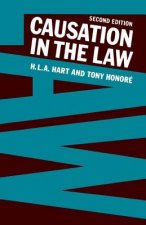
Causation in the Law
140.49 € -

Understanding Law
38.39 € -
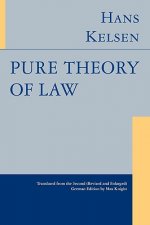
Pure Theory of Law
54.37 € -

Primer on Legal Reasoning
49.04 € -
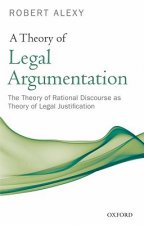
Theory of Legal Argumentation
75.67 € -

Legal Analyst - A Toolkit for Thinking about the Law
39.62 € -

Law
6.54 € -

Hugo Grotius on the Law of War and Peace
145.82 € -

Critical Introduction to Law
78.95 € -

Lloyd's Introduction to Jurisprudence
56.72 € -

Dworkin and His Critics - With Replies by Dworkin
77.72 € -

New Introduction to Jurisprudence
52.63 € -

Introduction to Forensic Linguistics
65.22 € -

Dignity in the Legal and Political Philosophy of Ronald Dworkin
87.75 € -

Equality, Responsibility, and the Law
83.55 € -
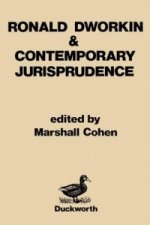
Ronald Dworkin and Contemporary Jurisprudence
63.59 € -

Ecology of Law: Toward a Legal System in Tune with Nature and Community
27.64 € -5 % -
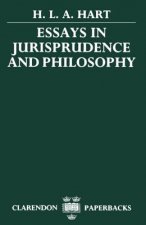
Essays in Jurisprudence and Philosophy
112.84 € -
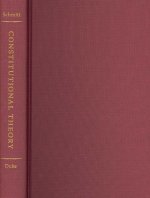
Constitutional Theory
166.20 € -

Hugo Grotius on the Law of War and Peace
70.04 € -
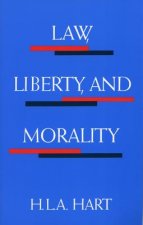
Law, Liberty and Morality
22.93 € -

Einführung in das deutsche Recht
32.45 € -
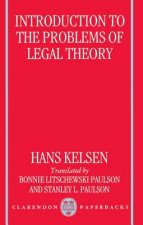
Introduction to the Problems of Legal Theory
112.84 € -
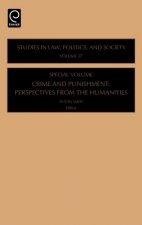
Crime and Punishment
195.69 € -
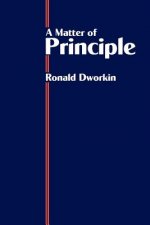
Matter of Principle
84.99 € -
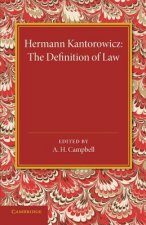
Definition of Law
53.04 € -

Hans Kelsen's Normativism
28.56 € -
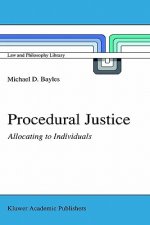
Procedural Justice
214.64 € -
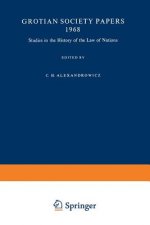
Studies in the History of the Law of Nations
70.86 € -

Faces of Injustice
27.54 € -5 % -
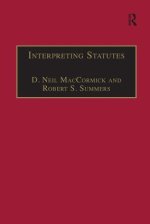
Interpreting Statutes
78.02 € -

Essays in Legal Philosophy
186.68 € -
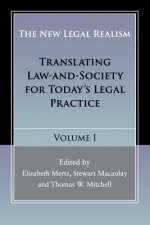
New Legal Realism: Volume 1
57.34 € -
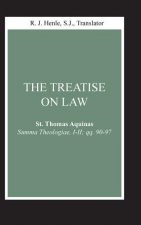
Summa Theologiae
173.16 € -

Post-Analytical Approach to Philosophy and Theory of Law
89.39 €
Osobný odber Bratislava a 2642 dalších
Copyright ©2008-24 najlacnejsie-knihy.sk Všetky práva vyhradenéSúkromieCookies


 21 miliónov titulov
21 miliónov titulov Vrátenie do mesiaca
Vrátenie do mesiaca 02/210 210 99 (8-15.30h)
02/210 210 99 (8-15.30h)